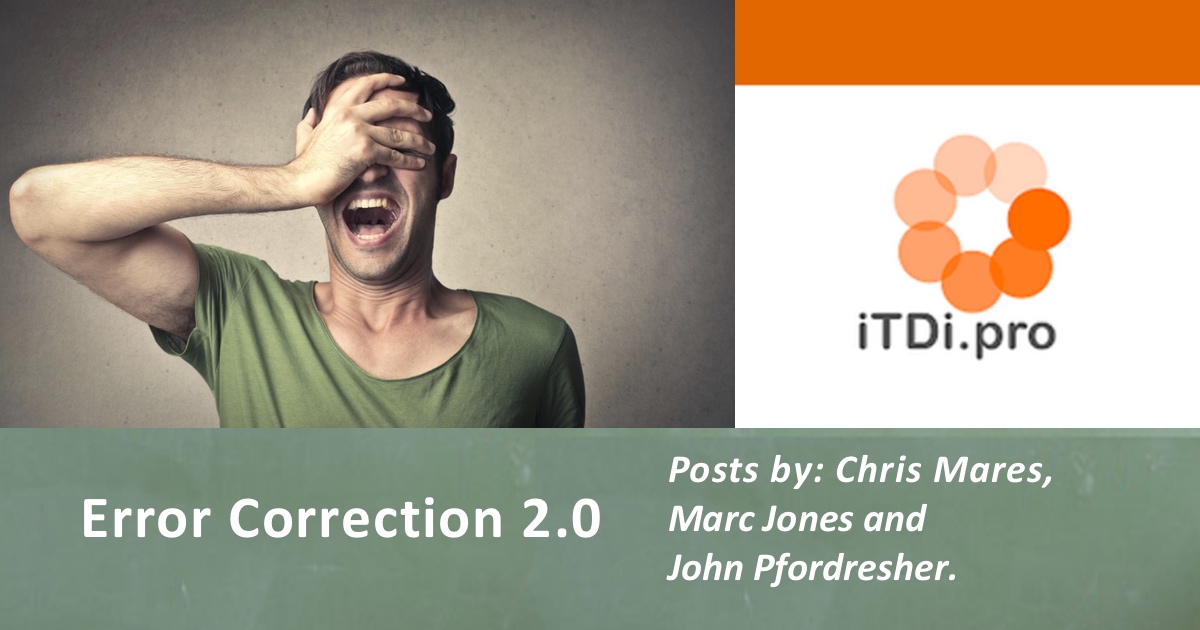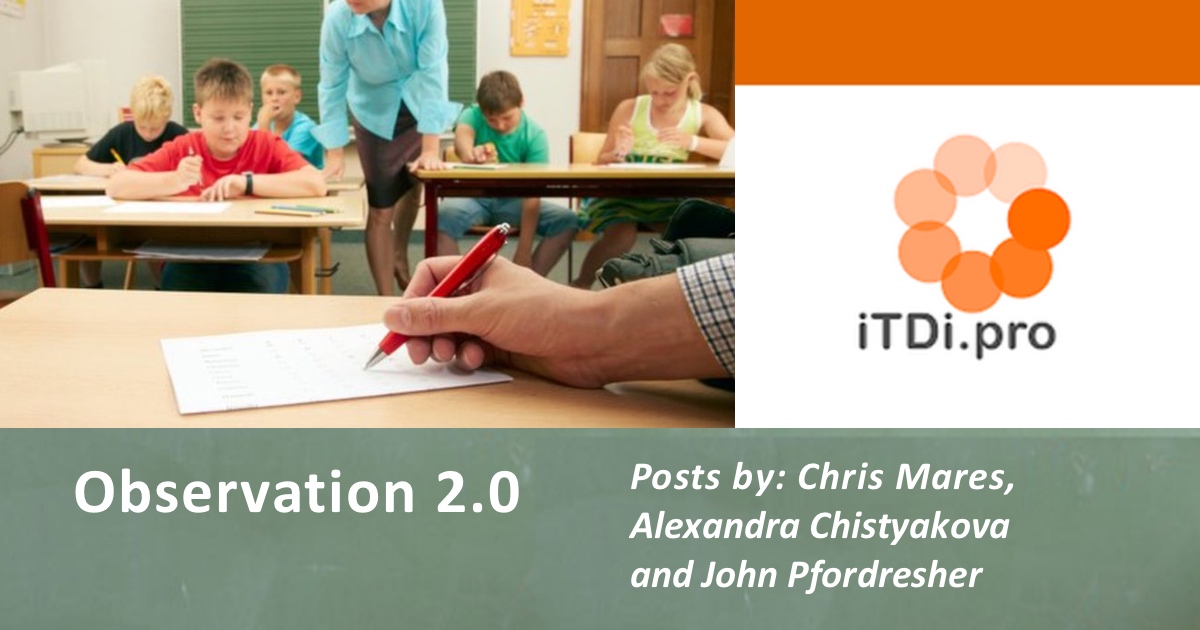
Iteratively Driven Error Correction
As with other teaching and classroom management techniques, I find error correction to be an iterative process of experimentation. By keeping records of (1) the methods I use, (2) student progress, (3) student engagement, and (4) recognition of any contextual scenarios surrounding successes and failures, I gain a clearer picture of the effectiveness of whichever mixture of the formula I try. These records, along with student feedback, help me adjust my methodology with direction and purpose.
My Formula
As each classroom audience is highly specific to the context of the course, I have developed some variables that might be considered useful to formulating your own formula.
Routine – I have found that, when working with error correction (as with much else), routine helps students to focus on the accuracy of their language rather than the specific process of error correction.
The Individual and the Whole – When considering which errors to correct and how to do so, I take into account whether the error is unique to the individual or is common amongst other students in the class. Observing production through this prism helps me to develop clear, effective, and pointed notes as to the progress of the class as a whole as well as each individual within it.
Common Errors – The longer I teach a course the better I get at preemptively addressing common errors. But there are plenty of times in which a subset of the class will develop an error in production that was unanticipated. To deal with these common errors, I provide instruction to the class as a whole. Following a short-burst of instruction, I have classmates pair or team up to work on some activity directly addressing the error in question.
1 to 1 – Finding ways of providing individual support for students and their unique progress and struggles does a number of positive things for the teacher-student relationship. It also communicates to the student my interest and personal stake in their learning and growth.
Keep It SMART –

As with creating my own goals and objectives for class, students need SMART goals and objectives for their learning. I take the responsibility for directing their implicit understanding of their goals and objectives towards concrete, clear, and explicit SMART goals. I like working in tandem with students whenever possible as I find it provides for student agency. Additionally, being concrete and explicit helps students to fine-tune their attention when producing language.
Touching Base – Touching base here means routinely connecting with learners and inquiring about the progress they’re making towards their SMART goals. Making specific inquiries as to each individual’s goals is further reinforcement of the fact that I am invested in their progress.
Gathering Evidence
Oftentimes, learners are graded on their progress towards the curricular goals of the course. Having hard evidence of student progress is important when justifying final assessments of learning. Even without grades and the like, having evidence of student progress as well as their continued struggles is vital to assisting students in intelligently moving forward in their learning journeys.
Written production easily provides for the collection of evidence of student progress. In fact, it often tends to provide so much evidence that it turns out to be overwhelming. Finding solutions that allow for the exploitation of this evidence is crucial to productively utilizing student production in the efforts to increase their accuracy. If students do not feel supported or see the point of their productive efforts, their motivation can easily be adversely affected.
As opposed to written productive evidence, spoken productive evidence can be very hard to come by. Teachers will often utilize projects or presentations to record students’ production for later use as evidence of meeting curricular goals. This practice, however useful, can only provide a few, high-stakes examples of spoken production.
Personally, I find observation notes an indispensible resource when gathering evidence of student progress towards spoken production goals, but this method too has its limitations. One option here is the use of technology, which can provide the tools to document and develop an error correction strategy for speaking. Using almost any phone available today, students can record themselves responding to a specific prompt or while in conversation with their classmates. The production occurs and is recorded. Afterwards, students can work with the recording either individually or in teams to transcribe their output to the best of their abilities. Then, both teacher and students will have a concrete, tangible snapshot of class-wide and individualized speaking abilities. Going further, a student could email transcript and recording to the teacher. This would provide for efficient and personalized guidance on improving accuracy through an email exchange. Students might see errors they never realized before. Many times, such email exchanges have provided much more honest and open feedback from students than similar exchanges had in person or in a classroom atmosphere.
There are, indeed, all sorts of methods that may prove successful in assisting learners with their productive accuracy. As the title of this post suggests, I am constantly reevaluating and adjusting the ways and methods in which I correct errors. There is no “one size fits all” solution to error correction.



